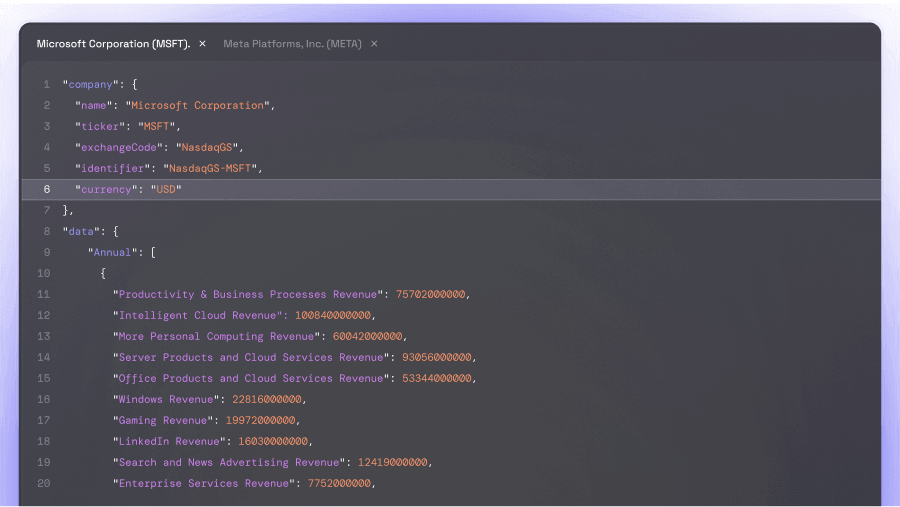Certainly! Here is the rewritten text: --- What is NULS? NULS is a blockchain platform with a modular-based architecture that enables customizable blockchain solutions for businesses. It supports smart contracts and cross-chain consensus. Information about NULS and its market performance is available on Eulerpool.
NULS (NULS) is a blockchain infrastructure designed to simplify and enhance accessibility for both developers and users. As a global open-source community blockchain project, NULS provides customizable services through a modular architecture, leveraging micro-services, smart contracts, and cross-chain technologies for efficient blockchain application development. Its feature, ChainBox, streamlines rapid chain-building, thereby reducing development costs and accelerating the deployment of blockchain solutions. The NULS network is supported by the Proof of Credit consensus mechanism, which distinguishes it from other cryptocurrencies by enabling mining and enhancing the network's security and efficiency. NULS's ecosystem is bolstered by its global team, which focuses on community-building and collaboration. Strategic partnerships with various companies and projects further augment its potential within the blockchain sphere. NULS's versatility is demonstrated through its multiple use cases, meeting diverse needs within the blockchain ecosystem. Despite its relatively small market cap, NULS's commitment to innovation and community engagement positions it as a significant player in the cryptocurrency landscape. However, like many digital assets, it is subject to high market risk and volatility, which are inherent features of the cryptocurrency market.














